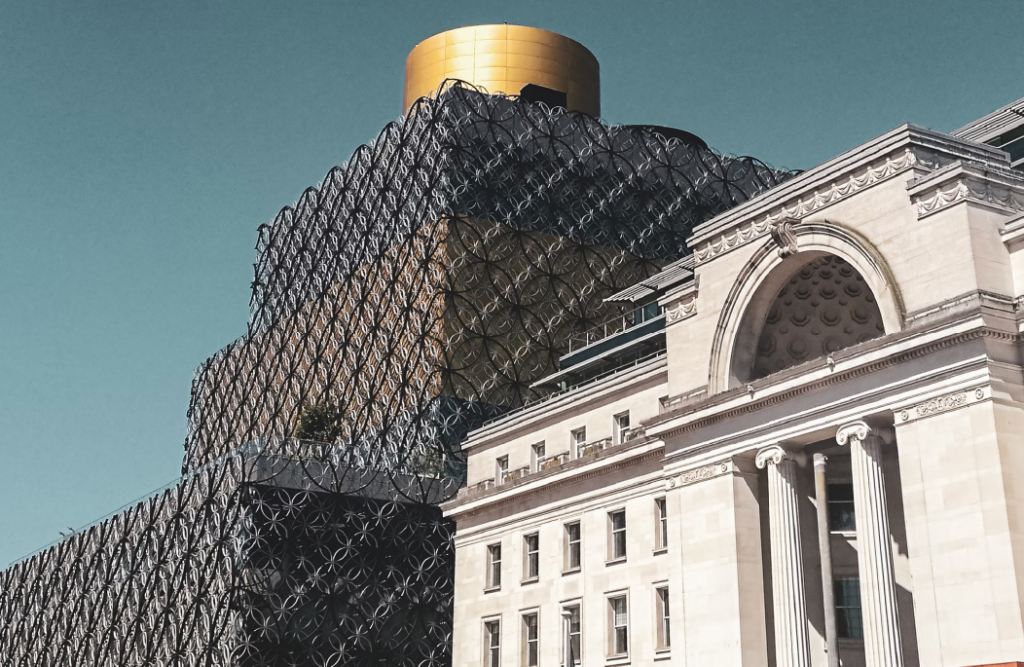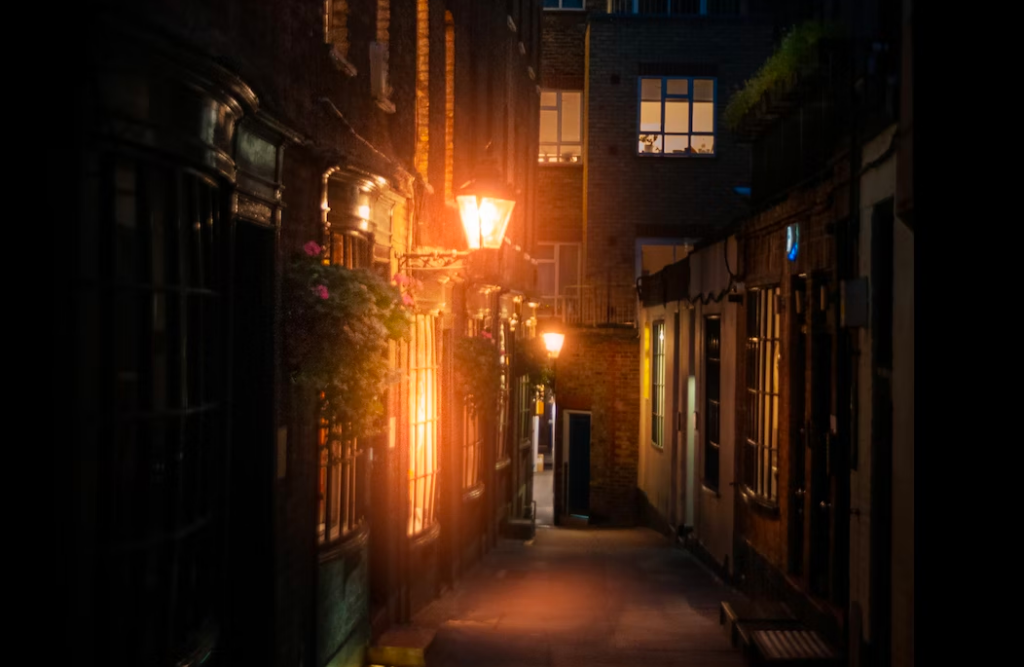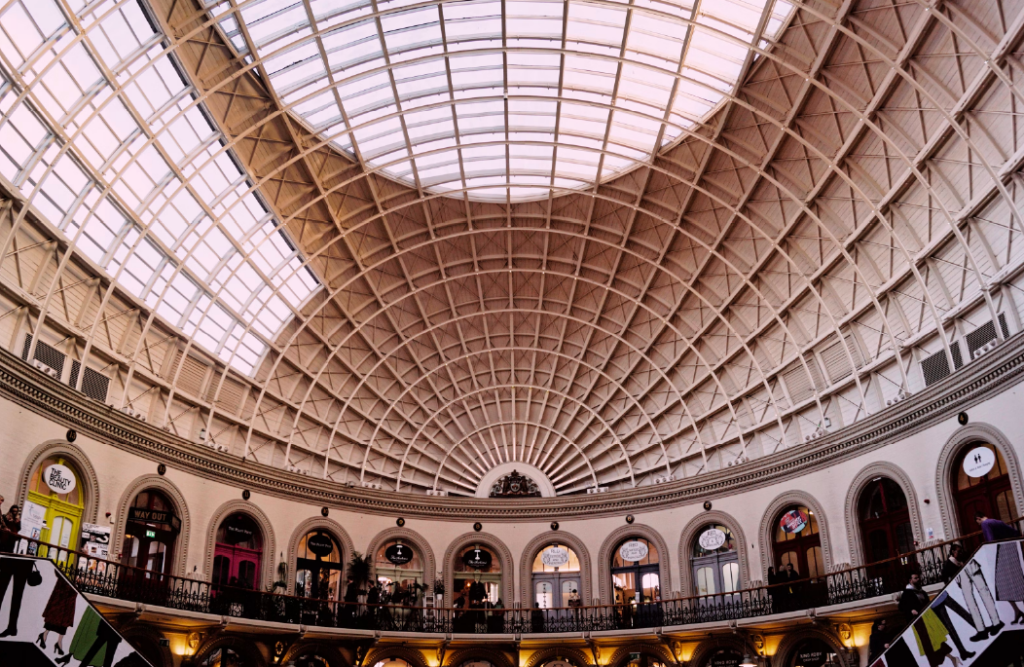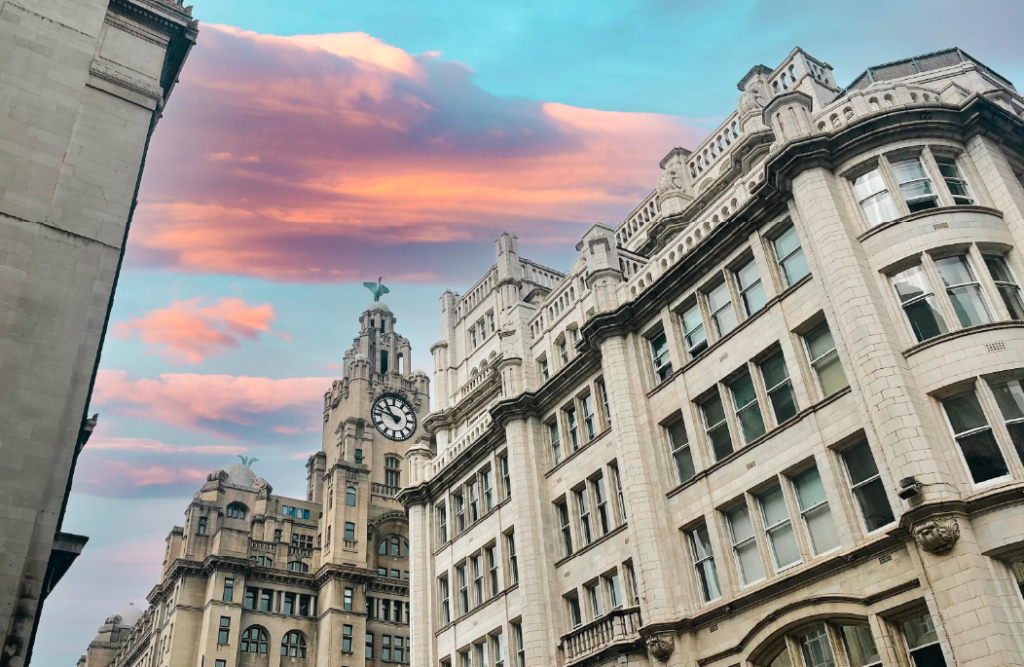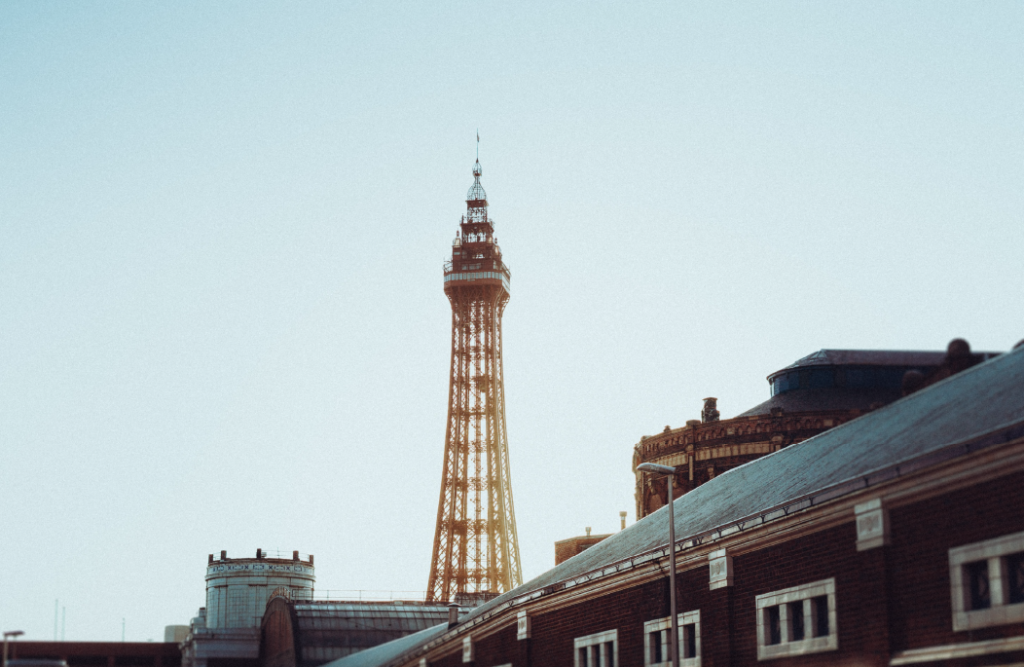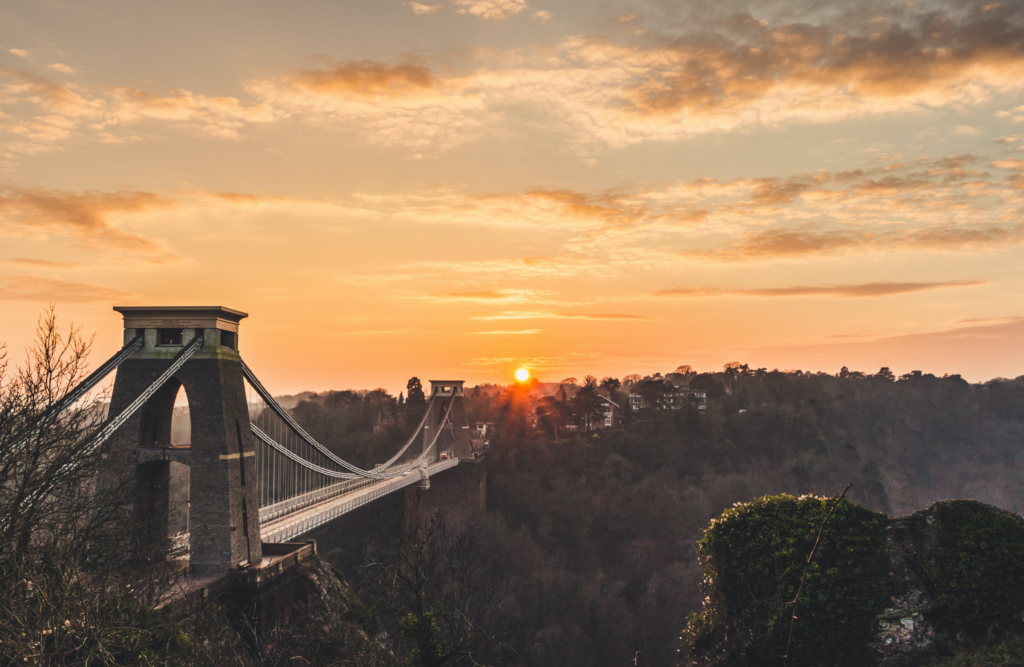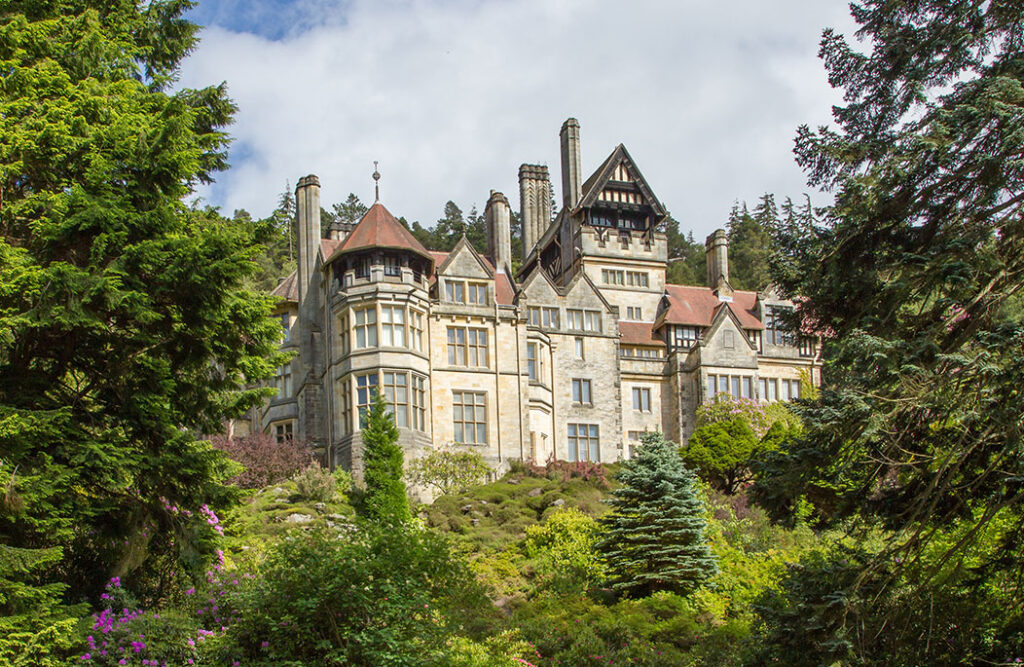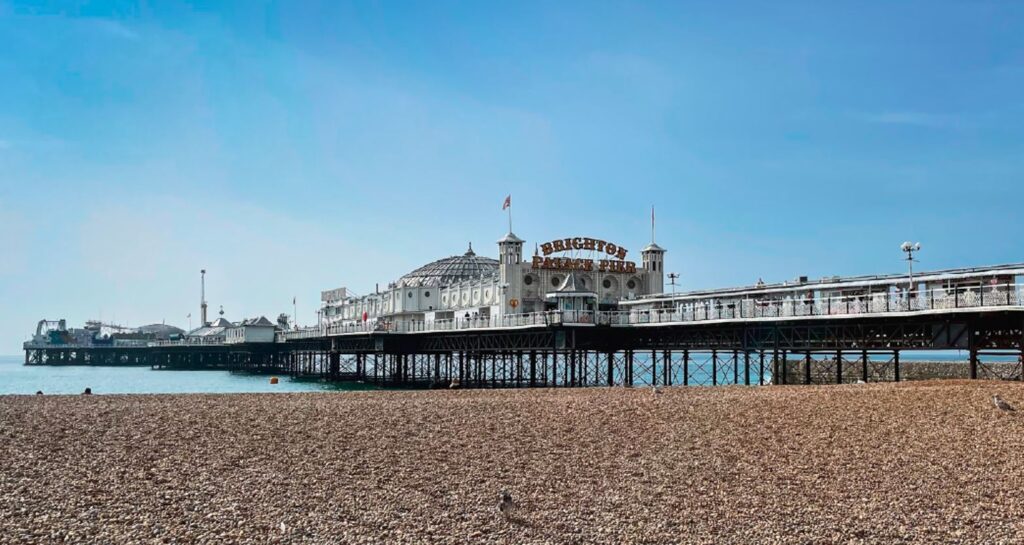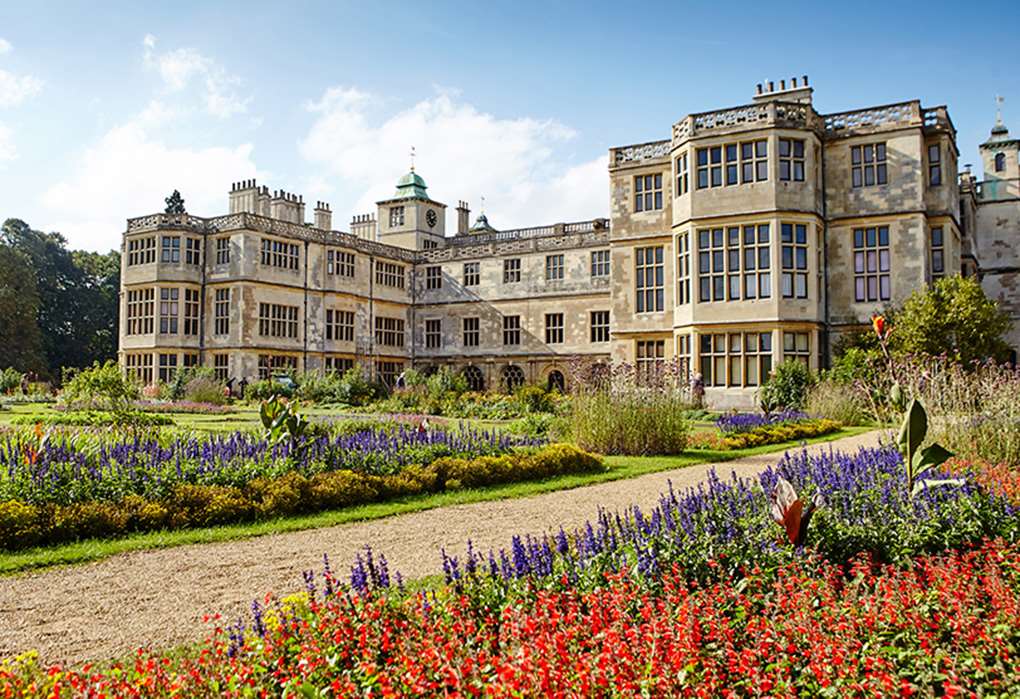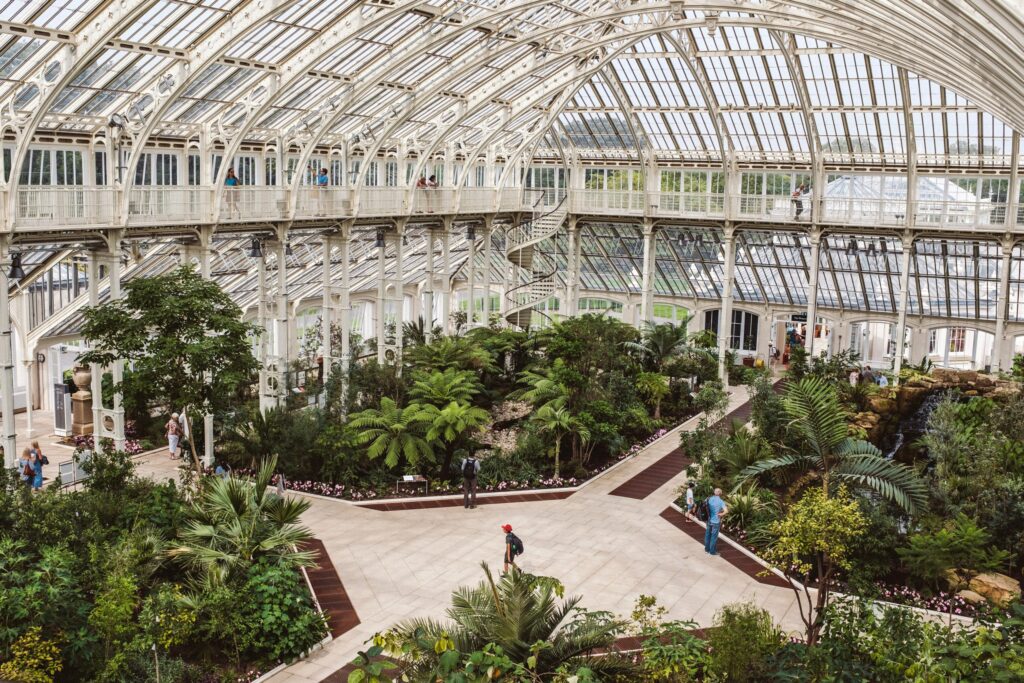Birmingham had to grow rapidly during the industrial revolution to accommodate the countless newcomers who arrived to fill jobs in the factories and workshops that sprung up in the city.
The conurbation’s growth and economic importance led to it being granted city status by Queen Victoria in 1889. At that stage, it was the third most populated area in the UK behind Glasgow in second and London in first place.
As a consequence, today Birmingham boasts many wonderful examples of Victorian architecture that continue to pay tribute to the period of unbridled prosperity for employers and unsatisfactory living conditions for many employees.
Here are five examples of striking Victorian architecture you can still visit and admire today within the city of Birmingham.
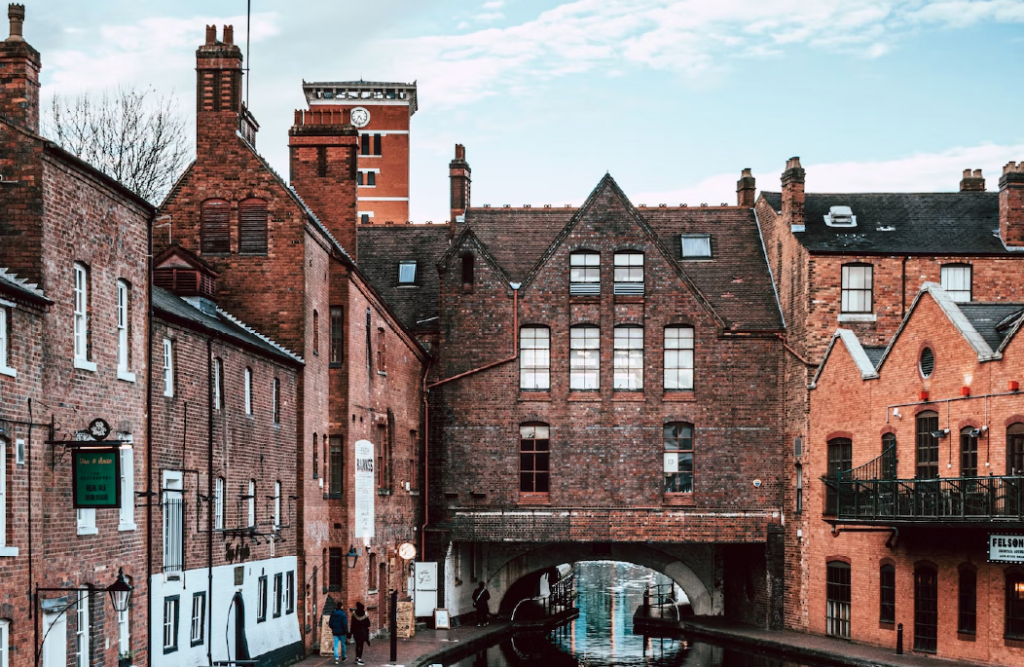
1. Birmingham Town Hall
Birmingham Town Hall opened in 1834 in Victoria Square and it was the first of the monumental town halls that would come to characterise the cities of Victorian England and the first significant work of the 19th-century revival of Roman architecture.
The design was based on the proportions of the Temple of Castor and Pollux in the Roman Forum. It was said to be “perfect and aloof” on a tall, rusticated podium, and it marked a new concept in English Victorian architecture.
The town hall is also renowned for hosting master story-teller Charles Dickens’ first public readings in 1853.
The building is famous for its concert pipe organ. Originally installed in 1834 by William Hill & Sons with 6,000 pipes, it was once the largest and most technologically advanced in the world.
The building was created as a home for the Birmingham Triennial Music Festival established in 1784 but today the Grade I listed building hosts a diverse programme of events including pop and classical concerts – everything from The Beatles and Bowie to Mendelssohn’s Elijah and Elgar’s The Dream of Gerontius, organ recitals, dance, educational and community performances, as well as meetings and conferences, product launches, dinners, fashion shows and graduation ceremonies.
download the full victorian homes ebook
Download Victorian Homes, a free ebook created by Adrian Flux insurance services. It is full of Victorian house facts, tips on how to create a Victorian style house — even if you live in a new-build home — and advice on where to source original Victorian and reproduction fixtures, fittings, furniture, accessories and art.
2. St Martin in the Bull Ring
The original parish church of Birmingham, St Martin in the Bull Ring was built on the site of a 13th-century predecessor, which was documented in 1263. The church was enlarged in medieval times and the resulting structure consisted of a lofty nave and chancel, north and south aisles and a northwest tower with a spire.
Falling into disrepair and having been struck by lightning no less than three times, in 11873 the church was demolished and rebuilt by architect J. A. Chatwin, preserving the earlier tower and spire.
During the demolition, medieval wall paintings and decorations were discovered in the chancel, including one showing the charity of St Martin dividing his cloak with a beggar. Two painted beams were also found behind the plaster ceiling.
The exterior is built of rock faced Grinshill stone. The interior is of sandstone with an open timber roof, which shows the influence of the great hammerbeam roof of Westminster Hall. The beams are decorated with fine tracery and end in large carvings of angels.
The roof weighs 93 tons, spans 22 ft over the 100 ft long nave and is 60 ft high.
The Victorian floor tiles are by Minton and display the quartered arms of the de Bermingham family.
3. Birmingham Back to Backs
Many back-to-back houses, two or three storeys high, were built in Birmingham as the city’s population grew exponentially during the industrial revolution. Most of these new homes were concentrated in inner city areas and were inhabited by those employed in the city’s new industries.
Long after construction, however, the back to backs, with their shared courtyards and unsanitary living conditions, were deemed unsatisfactory, and in 1875 the Public Health Act decreed no more should be built.
By the early 1970s, almost all of Birmingham’s back-to-back houses had been demolished, the occupants having been rehoused in new developments.
However, the back to backs, located at 50–54 Inge Street and 55–63 Hurst Street, were preserved by the National Trust and turned into museum pieces exhibiting the furniture, decor and harsh living conditions of the Victorian period.
The museum includes objects and recorded testimonies describing the harsh life in the back to backs, where overcrowding was the rule, water was drawn from the well and outdoor toilets and washrooms were shared by multiple households.
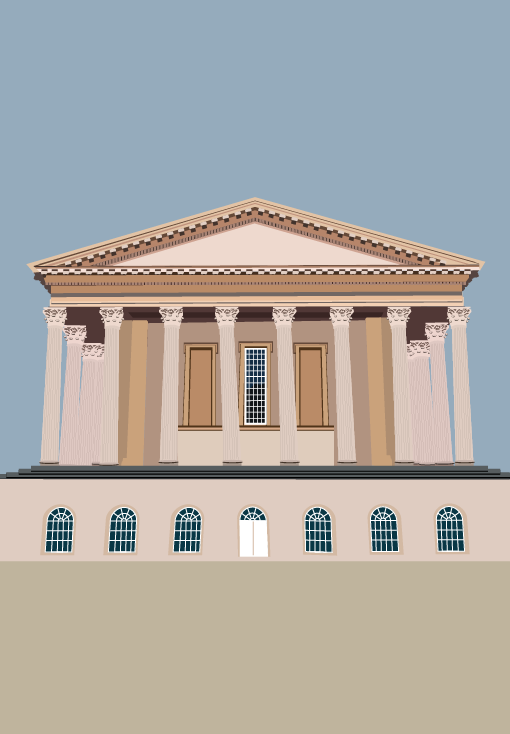
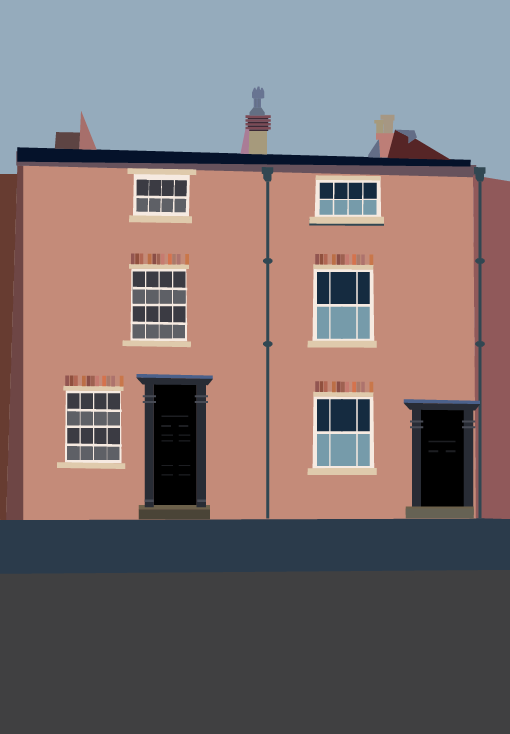
4. Birmingham Museum & Art Gallery
Located close to the Town Hall in Chamberlain Square, the Birmingham Museum & Art Gallery was opened by the Prince of Wales on Saturday, November 28, 1885.
The building was designed by Yeoville Thomason. The metalwork for the building was by the Birmingham firm of Hart, Son, Peard & Co. and extended to both the interior and exterior including the distinctive cast-iron columns in the main gallery space.
The lofty portico, surmounted by a pediment by Francis John Williamson, representing an allegory of Birmingham contributing to the fine arts, was together with the clock-tower considered the “most conspicuous features” of the exterior upon its opening.]
By 1900 the museum’s collection, especially its contemporary British holdings, was deemed by the Magazine of Art to be “one of the finest and handsomest” in Britain.
Today the building has 40 exhibition rooms and boasts a collection of international importance covering fine art, ceramics, metalwork, jewellery, natural history, archaeology, ethnography, local history and industrial history.
5. Cadbury World
Cadbury was founded in Birmingham in 1824, by John Cadbury, a Quaker who sold tea, coffee and drinking chocolate.
Cadbury developed the business with his brother Benjamin, followed by his sons Richard and George. George developed the Bournville estate, a model village designed to give the company’s workers improved living conditions.
Loyal and hard-working staff were treated with great respect, enjoyed relatively high wages and good working conditions. Cadbury also pioneered pension schemes for his staff, joint works committees and a full staff medical service.
Cadbury was granted its first royal warrant from Queen Victoria in 1854.
Situated to the south of the city centre, Cadbury World is one of Birmingham’s most popular attractions.
Cadbury World is a museum telling the story of the family of chocolatiers and the development of their most famous chocolate products, such as Dairy Milk and the Cadbury’s Creme Egg.
The Cadbury family started small but over time, they revolutionised chocolate production in the UK and built their huge factory where Cadbury World is now located.
Looking to insure your Victorian Home?
Adrian Flux is a specialist insurance compnay offering bespoke cover for all period and Victorian homes. Call 0800 369 8590 got a fast and hassle-free quote.
Our home insurance customers saved an average of 31% in 2021 when taking out a policy with us. See how much you could save by giving us a call.
